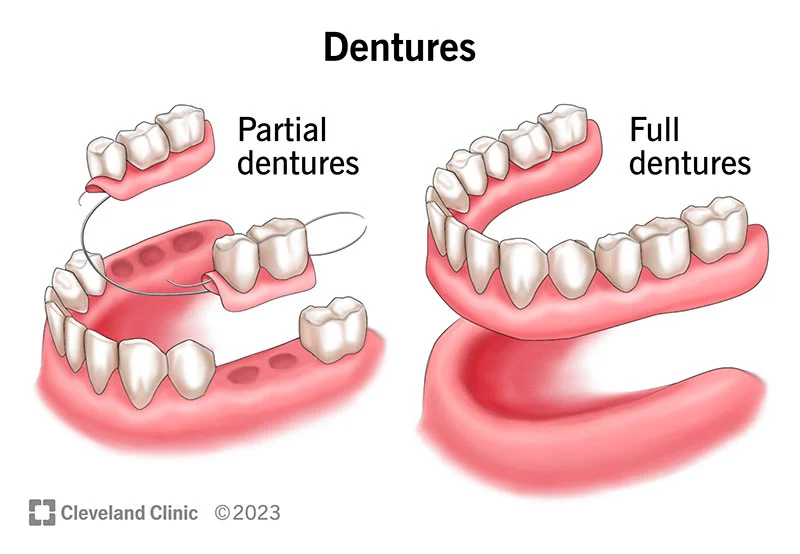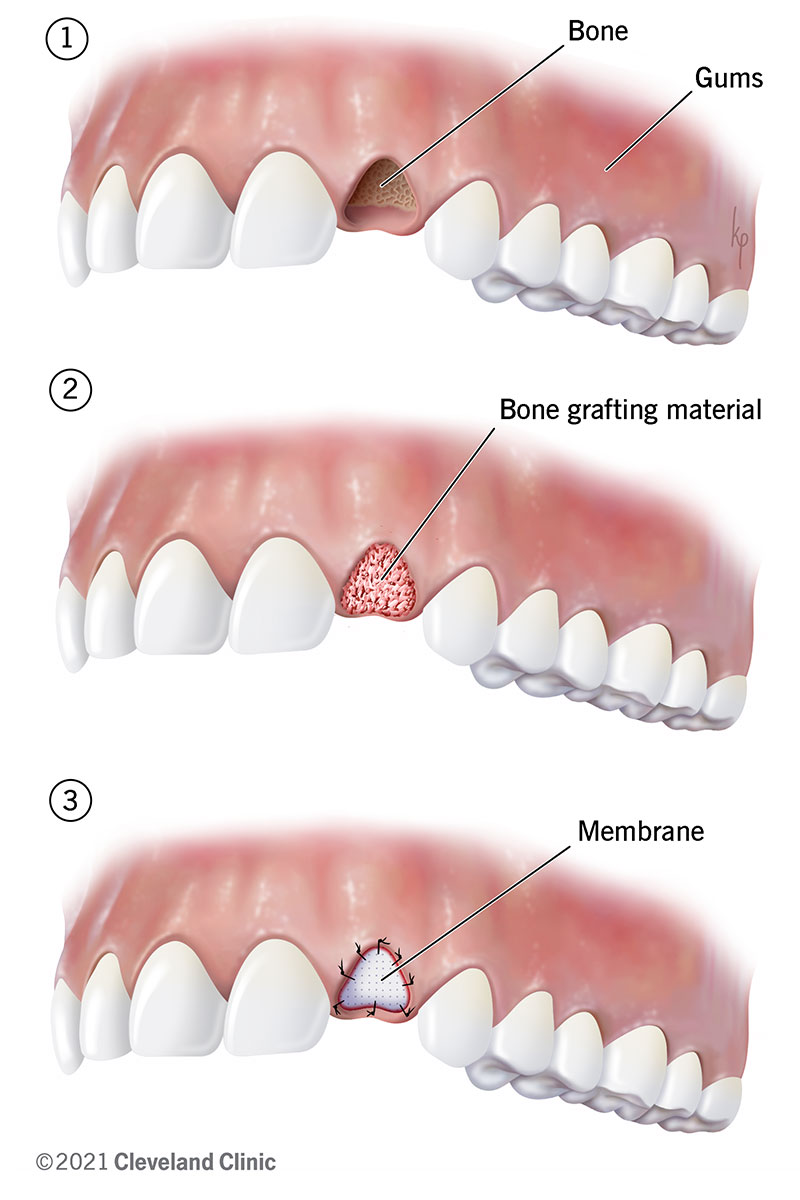
The duration of healing after dental bone grafting varies based on factors like graft type, size, and overall health. Different graft types—autografts, allografts, and synthetic grafts—have distinct healing timelines. Larger or more complex grafts may require additional time. Individual healing abilities and overall health also influence the recovery duration. Generally, dental bone grafting takes several months to fully heal, with regular check-ups recommended for monitoring progress. Adhering to proper oral hygiene and avoiding activities that may disrupt the graft are crucial for successful recovery. Understanding these factors helps manage expectations and promotes a smoother healing process.
How Long Does Dental Bone Grafting Take to Heal?
Dental bone grafting is a common procedure performed to restore bone volume and density in the jaw. It is often necessary before dental implant surgery or to treat certain dental conditions. If you are considering dental bone grafting, you may be wondering how long it will take to heal. The healing process for dental bone grafting can vary depending on several factors, including the type of graft used, the extent of the procedure, and individual healing abilities.
The Healing Process
After a dental bone grafting procedure, it is normal to experience some swelling, discomfort, and minor bleeding. Your dentist will provide you with post-operative instructions to help minimize these symptoms and promote proper healing. It is important to follow these instructions carefully to ensure a successful recovery.
In the days following the procedure, the grafted bone will begin to integrate with the existing bone in your jaw. This process, known as osseointegration, can take several months to complete. During this time, it is crucial to maintain good oral hygiene and avoid any activities that may disrupt the healing process, such as smoking or consuming hard or chewy foods.
Factors Affecting Healing Time
The length of time it takes for dental bone grafting to fully heal can vary from person to person. Several factors can influence the healing process, including:
1. Type of Graft: There are different types of dental bone grafts, including autografts, allografts, and xenografts. Autografts, which use bone from your own body, often have a faster healing time compared to other types of grafts.
2. Extent of the Procedure: The size and complexity of the bone grafting procedure can also affect healing time. More extensive grafts may require a longer healing period.
3. Overall Health: Your general health and immune system can impact how quickly your body heals. Certain medical conditions or medications may slow down the healing process.
4. Oral Hygiene: Maintaining good oral hygiene practices, such as regular brushing and flossing, can help promote healing and reduce the risk of infection.
Typical Healing Timeframes
While the exact healing time for dental bone grafting can vary, there are some general timelines to keep in mind. In most cases, the initial healing period, where the graft stabilizes and integrates with the existing bone, takes about 3-6 months. This is followed by a secondary healing period, during which the bone continues to remodel and strengthen. This process can take an additional 3-6 months.
It is important to note that these timelines are not set in stone and can vary depending on individual circumstances. Your dentist will closely monitor your progress and provide guidance on when it is appropriate to proceed with any further dental procedures, such as dental implant placement.
Benefits of Dental Bone Grafting
Dental bone grafting offers several benefits for patients who require additional bone support in their jaws. Some of the key advantages include:
1. Improved Implant Success: Dental implants rely on a strong and stable foundation for long-term success. By ensuring adequate bone volume through grafting, the chances of implant failure are significantly reduced.
2. Enhanced Aesthetic Results: Bone grafting can help restore a natural contour to the jaw, enhancing the appearance of the smile and facial features.
3. Preservation of Jaw Structure: Over time, bone loss in the jaw can lead to changes in facial structure and a more aged appearance. Bone grafting helps preserve the jawbone, preventing these changes and maintaining a youthful facial profile.
4. Increased Functional Ability: With a solid bone foundation, patients can enjoy improved chewing and speaking abilities, as well as increased comfort when wearing dentures or other dental appliances.
Tips for a Successful Healing Process
To ensure a successful healing process after dental bone grafting, consider the following tips:
1. Follow Post-Operative Instructions: Your dentist will provide you with specific instructions on how to care for your mouth after the procedure. It is crucial to follow these instructions diligently to minimize the risk of complications and promote optimal healing.
2. Maintain Good Oral Hygiene: Keeping your mouth clean is essential for preventing infection and promoting healing. Brush and floss gently around the surgical site, being careful not to disturb the graft.
3. Avoid Disruptive Activities: During the healing process, it is important to avoid activities that may disrupt the graft or slow down healing. This includes smoking, consuming hard or chewy foods, and excessively rinsing or spitting.
4. Attend Follow-Up Appointments: Regular follow-up appointments with your dentist are crucial for monitoring the healing progress and addressing any concerns or complications that may arise.
In conclusion, the healing time for dental bone grafting can vary depending on factors such as the type of graft, the extent of the procedure, and individual healing abilities. Generally, the initial healing period takes about 3-6 months, followed by a secondary healing period of 3-6 months. Following post-operative instructions, maintaining good oral hygiene, and attending regular follow-up appointments are essential for a successful healing process. By understanding the healing timeline and taking proper care of your mouth, you can ensure the best possible outcome for your dental bone grafting procedure.
Key Takeaways: How Long Does Dental Bone Grafting Take to Heal?
- Dental bone grafting typically takes several months to fully heal.
- The healing time can vary depending on the complexity of the graft and the individual’s healing ability.
- During the first few weeks, the graft will start to integrate with the existing bone.
- It is important to follow post-operative instructions and maintain good oral hygiene to aid in the healing process.
- Regular check-ups with the dentist are necessary to monitor the healing progress and ensure proper recovery.
Frequently Asked Questions
How long does dental bone grafting take to heal?
When it comes to the healing time for dental bone grafting, it can vary depending on various factors, such as the size and complexity of the graft, the patient’s overall health, and how well they follow post-operative instructions. In general, it can take anywhere from a few months to a year for the bone graft to fully heal.
During the initial weeks after the surgery, the graft undergoes a process called osseointegration, where new bone cells gradually grow and integrate with the graft material. This process requires patience and proper care to ensure successful healing.
What can I expect during the healing process?
During the healing process of dental bone grafting, it is common to experience some discomfort, swelling, and bruising in the treated area. Your dentist may prescribe pain medications or recommend over-the-counter pain relievers to manage any pain or discomfort.
It is important to follow a soft food diet and avoid putting excessive pressure on the graft site to allow for proper healing. Your dentist may also suggest avoiding activities that can disrupt the healing process, such as smoking or vigorous exercise.
Are there any factors that can affect the healing time?
Yes, there are several factors that can affect the healing time of dental bone grafting. These include:
1. Size and complexity of the graft: Larger and more complex grafts may take longer to heal.
2. Patient’s overall health: Patients with certain medical conditions or compromised immune systems may experience a slower healing process.
3. Follow-up care: Proper post-operative care, including maintaining good oral hygiene and attending follow-up appointments, is crucial for optimal healing.
4. Smoking: Smoking can significantly delay the healing process, so it is important to refrain from smoking during the healing period.
What can I do to promote faster healing?
To promote faster healing after dental bone grafting, it is important to follow your dentist’s instructions carefully. This may include:
1. Taking prescribed medications as directed.
2. Avoiding activities that can disrupt the healing process, such as smoking or excessive exercise.
3. Maintaining good oral hygiene by gently brushing and flossing the treated area.
4. Following a soft food diet to prevent unnecessary pressure on the graft site.
5. Attending all follow-up appointments to ensure proper monitoring of the healing progress.
When can I expect to see the final results of the bone graft?
The final results of a dental bone graft may not be immediately visible as the healing process takes time. However, you can expect to see significant improvements in the treated area within several months to a year after the surgery. The newly grafted bone will continue to strengthen and integrate with your natural bone, resulting in improved oral health and function.
It is important to maintain good oral hygiene and regularly visit your dentist for check-ups to ensure the long-term success of the bone graft.
How Long Does It Take to Recover from a Dental Bone Graft?
Final Summary: How Long Does Dental Bone Grafting Take to Heal?
The duration of healing for dental bone grafting varies from three to six months, contingent on factors like graft type (autograft, allograft, synthetic), procedure complexity, and graft location. Individual variations and lifestyle choices also influence healing. Patient health, adherence to post-operative care, and avoidance of habits like smoking contribute to a smoother recovery. Consulting with a dentist or oral surgeon provides personalized information. Despite a general three to six-month healing timeline, successful dental bone grafting demands patience and meticulous care.
Call or Book appointment online
:Ace Dental Care Alpharetta office: 678-562-1555 - Book Now
Ace Dental Care Norcross office: 770-806-1255 - Book Now
Disclaimer
This blog post was generated by artificial intelligence. The content of this post may not be accurate or complete, and should not be relied upon as a substitute for professional advice. If you have any questions about the content of this post, please contact us.
We are constantly working to improve the accuracy and quality of our AI-generated content. However, there may still be errors or inaccuracies. We apologize for any inconvenience this may cause.






